'I love the unpredictability': A glimpse into Prue Leith's Cotswold garden

When we bought our house in 1976, I couldn’t tell an oak from an ash. Growing up in South Africa, my only gardening memories are of my nanny saving her night-time pee to pour, diluted, on to the veg patch, and of my dad, shirtless in the blazing sun, mowing the lawn with a tiny, motorless mower.
The smell of newly cut grass and the clack and whirr of the rotary blade still comes back to me 70 years on. And I remember my mother’s pride in her English mulberry tree, which produced more flavoursome berries than the African mulberry that grew in front of the house and which could shelter half a dozen cars under its massive branches. In autumn, mulberries carpeted the floor, staining our bare feet black.
I didn’t get the gardening bug until we’d been in our Cotswold house for 10 years or so. In that time, I learnt little and cared less. Which is just as well, as those were the years when the front lawn was for cricket or football and when dogs, hens and children wrecked what flower beds we had.
I did grow veg and flowers for my restaurant business, but this was strictly business. Straight rows of produce, much of which would be rejected by our chefs, who preferred carrots to be uniformly straight and free of soil and carrot-fly damage.
In the 1970s it was almost impossible to buy mangetout peas, baby cauliflowers, Jerusalem artichokes, celeriac, French tarragon, courgettes with the flowers attached or ‘Marmande’ tomatoes. So we tried to grow them. We also grew flowers, which I’d wake early to pick. My husband would drive them to London while I drove the children to school.
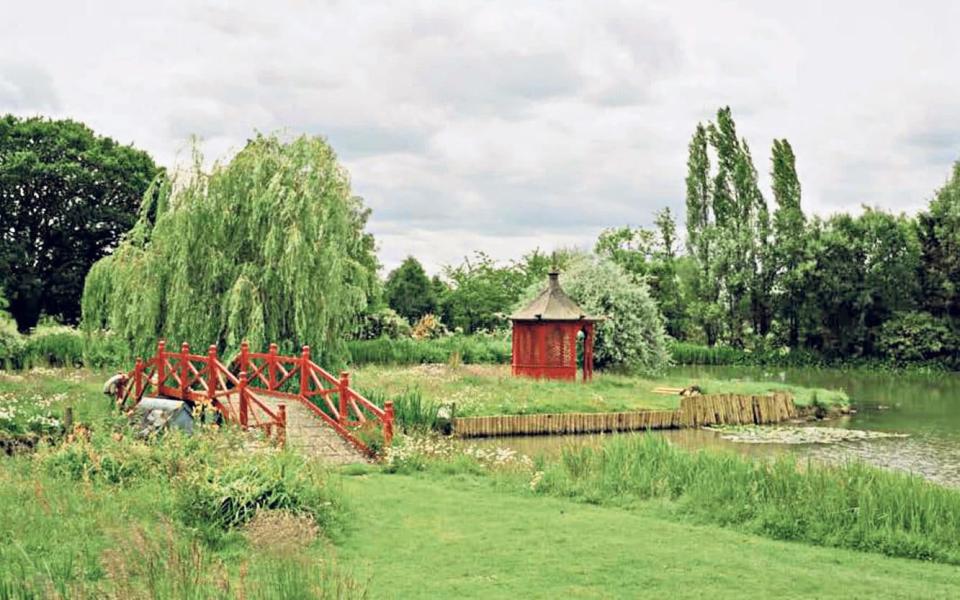
In my 40s, like many women whose children are suddenly at school all day, I became interested in, maybe obsessed with, gardening.
A gardening friend told me, “Gardening is all hard work and disappointment”. But I love that unpredictability. You never know for sure if seedlings will sprout, whether mountainous molehills will appear on your lawn, if the squirrels will eat the crocuses before they bloom. These uncertain odds mean that, if things go right, the pleasure is a compound of relief and wonder. How does nature do it, and so gloriously?
The other delight of a garden is that nothing stays the same. The very impermanence of flowers is what makes us love them so. A host of golden daffodils that did not fade to an ugly patch of browning leaves and spent flowers would not give much Wordsworthian pleasure.
Artificial flower-makers produce the most lifelike blooms, but there is a feeling of betrayal, tinged with disgust, when you bury your face in a bowl of roses only to inhale a faint smell of glue and dust, and feel not the tender velvet of real rose petals, but the scratch of stiffened cloth.
At 80, my digging and delving days are over, and I miss them. Like clearing out the attic, putting a herbaceous border “to bed” in the autumn is immensely satisfying. Late in the season, when plants are still blooming but are now overgrown and ragged, the itch to attack them is hard to resist.
Clearing the weeds, chopping back flowered stems, digging in compost and, best of all, giving the tidied-up bed a 5in mulch of rotted woodchip is deeply pleasing.
I’ve always been lucky enough to have a gardener. Working full-time and with a writer husband, Rayne, who seldom ever left his study, I’d never have managed a big garden without one. Over the years, the gardeners have been many and various.
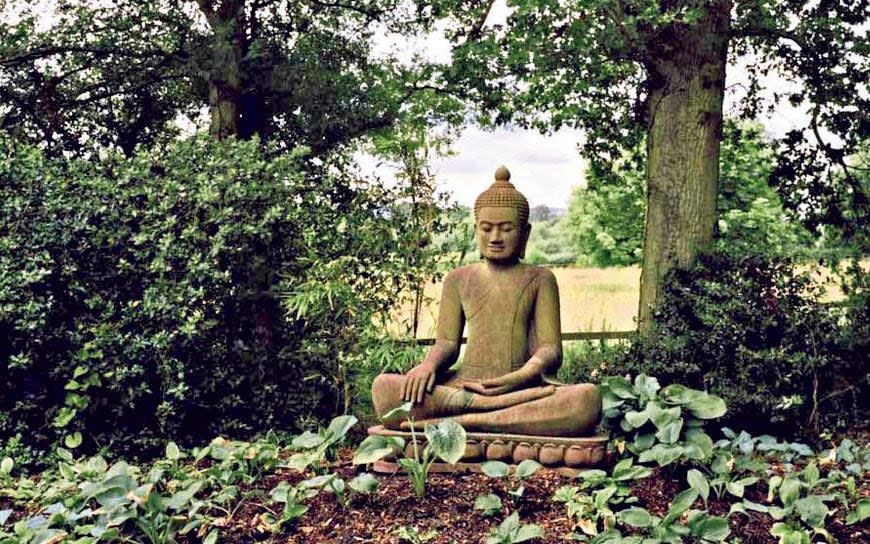
One was a gravedigger who preferred an old-fashioned scythe, like the Grim Reaper’s, to a strimmer. One knew more Latin names for plants than English ones, but was useless at digging a hole or weeding a bed. One would use our equipment when our backs were turned to tend the lawns and gardens of half the village.
Some were inspiring, though. I owe the idea of our “Hosta Heaven” to one. It’s a big patch planted tightly with dozens of different hostas interspersed with the long-flowering blue geranium, Rozanne.
Unfortunately, his enthusiasm for the garden turned to possessiveness. In the end, I hardly dared do anything myself. If I cut back the raspberry canes, he’d tell me I’d done it wrong, if the children ate tomatoes from the greenhouse he’d tell them off. I realised he thought of the garden as his, and me as an unwelcome trespasser.
The experience inspired me to write my novel, The Gardener, about a woman who spends her whole week, year after year, lovingly tending her fat-cat employer’s garden. He comes down from London for the weekend, does not notice the weeded and edged lawn, knows nothing of the hedging and mulching, but loudly demands why a single fallen delphinium has not been staked?
Cooks are often gardeners, both activities being creative, sensual, physical. I used to say I preferred cooking because the results were quicker. You get to eat them within hours, if not minutes. And, if you have a disaster, it’s over and forgotten by the next meal, whereas a tree in the wrong place is a near-permanent reminder of your stupidity. Gardening involves months of waiting, possibly years, before some project really looks right.
We dug a large pond at the bottom of our field, and, 40 years on, the trees behind it have finally come into their own, the water lilies have spread to a decent size, the bamboo is luscious and the willow weeps gracefully over the bridge and water. It’s perfect. And worth the 40-year wait. A beautiful garden can be your legacy, which a perfect Sunday roast cannot.

My (newish) husband, John (Rayne died 18 years ago), has had a big influence on the garden. When Rayne was alive, he liked the privacy afforded by the overgrown hedges and self-seeded trees round the edges.
But John said the lack of light prevented wildflowers popping up. He set about the thickets of brambles and holly with determination and a chainsaw. Now there are banks of primroses and blue carpets of Anemone blanda in spring.
And since John is happiest when demolishing or building, we have an adventure playground for the grandchildren and a jetty on the pond for the plastic pedalo in the form of a giant swan (a present from Sandi Toksvig and her wife, Debbie).
They came for lunch one day, and Sandi, looking at the water, said: “What you need is a swan”. And a week later, four men humped the 12ft swan across the field. He’s so serene and elegant you’d never know he has a ton of concrete in his undercarriage.
More name-dropping: Jilly Cooper, who has the loveliest garden, told me that Cotswold flowers should be soft English colours – pink, white, mauve, blue. But I’m addicted to vulgar colour and I took no notice.
Our most successful corner is a riot of orange cannas, red dahlias, purple heuchera and black-leaved aeoniums. In the pots and tubs are red geraniums, begonias, petunias. Anything red, orange, black or purple is welcome, but nothing else. Any interlopers of the wrong colour are mercilessly uprooted.
Most TV gardening programmes are instructional (taking cuttings, pruning roses, etc) or they are tours of grand people’s manicured terraces and parterres. I watch them all and, like most of the elderly female population, am half in love with Monty Don. But I’d like to see (or better still present!) a series that linked gardening with art.
From the humble gnome on his toadstool, to 18th-century Doric follies, Victorian shell grottoes, to William Pye’s shimmering water sculptures or Emily Young’s magical heads, they all have a symbiotic relationship with the garden, enhancing it and being enhanced by it.
Works of art also anchor memories in a garden. I have a stone Buddha that my Cambodian daughter and I brought back from Siem Reap. And a fibreglass life-cast of a seated RSC actor that I bought for a fiver from the theatre’s prop department. He is very lifelike and used to be a ghostly white.
But visitors coming across him sitting on a fence would get a terrible fright. So, I painted him with resin and graphite and now he looks like a serious bronze statue. Except that birds nest in his head, having made a hole in his ear.
I also have a hideous concrete Greek goddess that I inherited from my mother, but I haven’t the heart to get rid of her. She stood in the corner of my mother’s postage stamp garden in Primrose Hill. Now she lords it over the rose garden, reminding everyone that not all in the garden is roses.
Three cheffy vegetables to grow
Padron peppers
(Capsicum annuum)
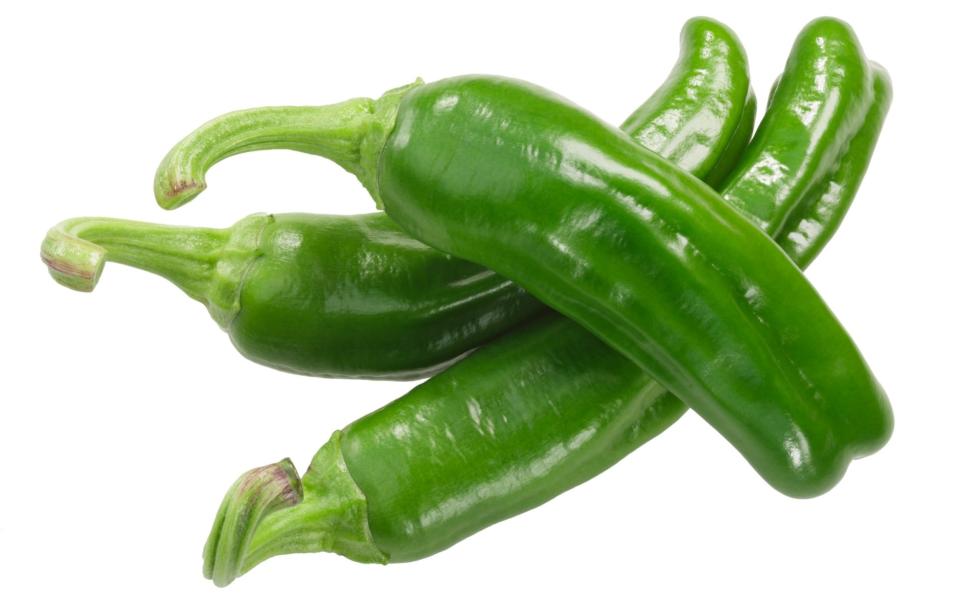
A favourite of Spanish tapas bars, these can be grown in Britain in a greenhouse or polytunnel or even a sunny spot outside. For advice, visit padstowkitchengarden.co.uk.
Baby turnips
(Brassica rapa)
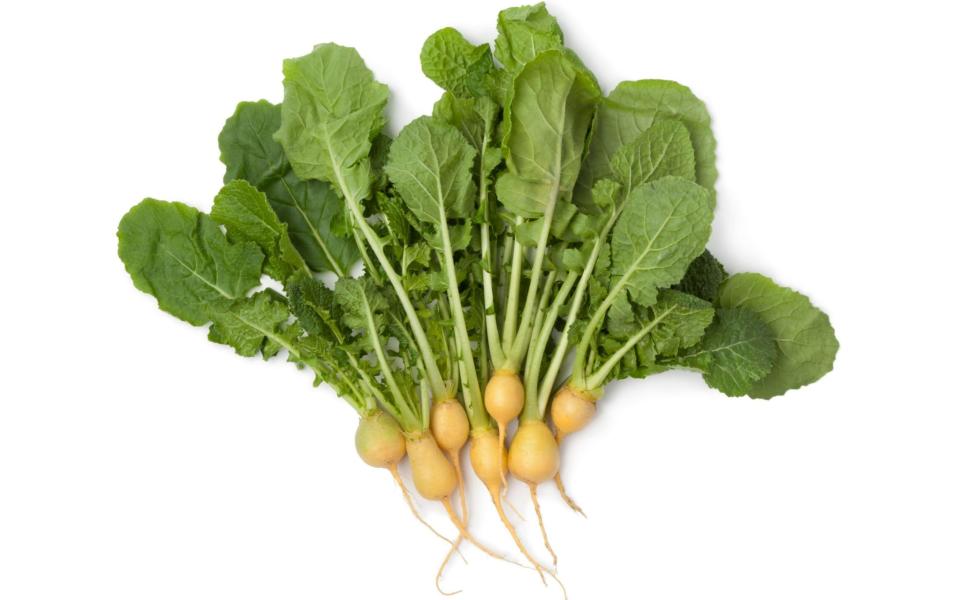
Many baby veg are grown for restaurants as chefs value the tender textures and delicate flavours. Sow batches every two to three weeks from March to August. Try ‘Tokyo Cross’ or ‘Milan Purple Top’.
Baby leeks
(Allium porrum)
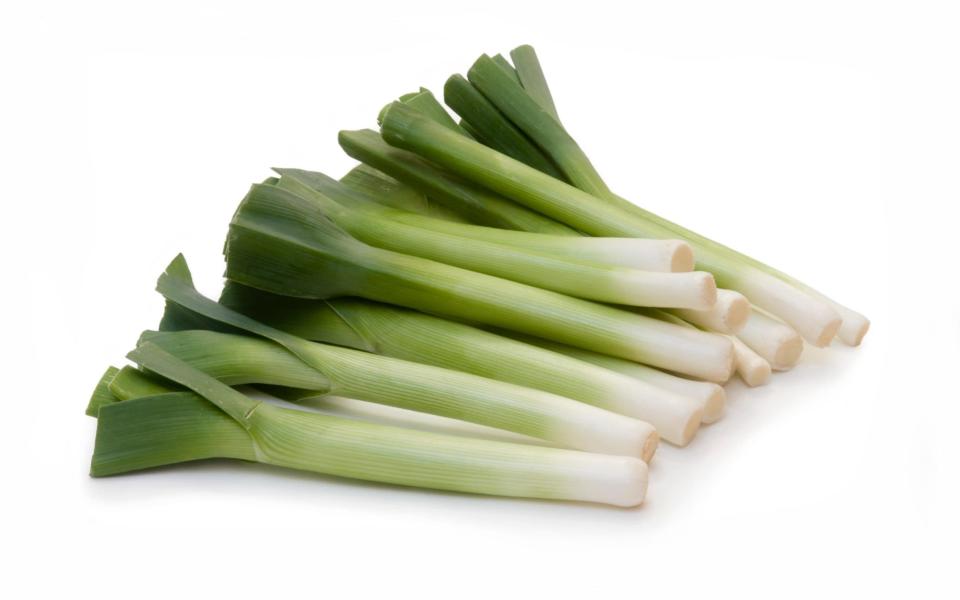
Baby leeks are as tasty as mature ones but much prettier and more tender. Sow close together and harvest 16-20 weeks after sowing (try ‘Zermatt’). Cook immediately.
Three places to buy and see sculpture
Animals in the garden
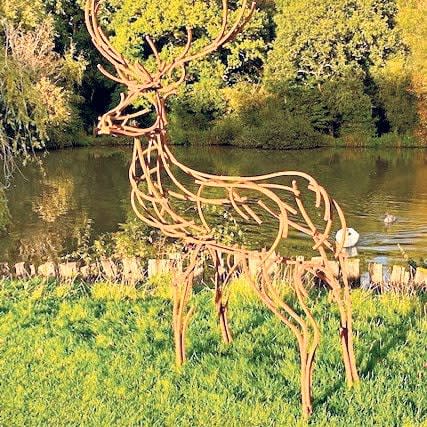
This Watchful Stag in welded steel, £3,550, is Andrew Kay’s most popular design for Christmas; customers love to decorate him with lights (andrew kaysculpture.co.uk; 07740 306412).
Yorkshire Sculpture Park
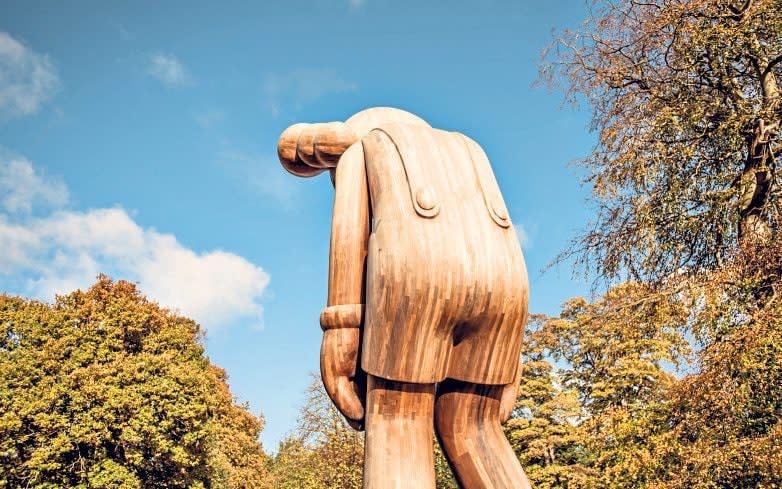
Just outside Wakefield, this is an excellent spot for a good autumn walk combined with world-class sculptures (e.g. statue by KAWS, below). Must book (ysp.org.uk; 01924 832631).
The Hannah Peschar Sculpture Garden, Surrey
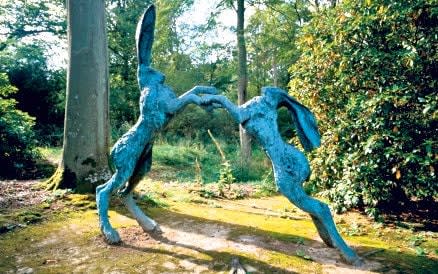
On a more intimate scale, the Hannah Peschar Sculpture Garden in Surrey is a long-established outdoor gallery filled with examples of different types of sculpture for sale by many different artists. It is open until Oct 31. Must book (hannahpescharsculpture.com; 01306 627269).


